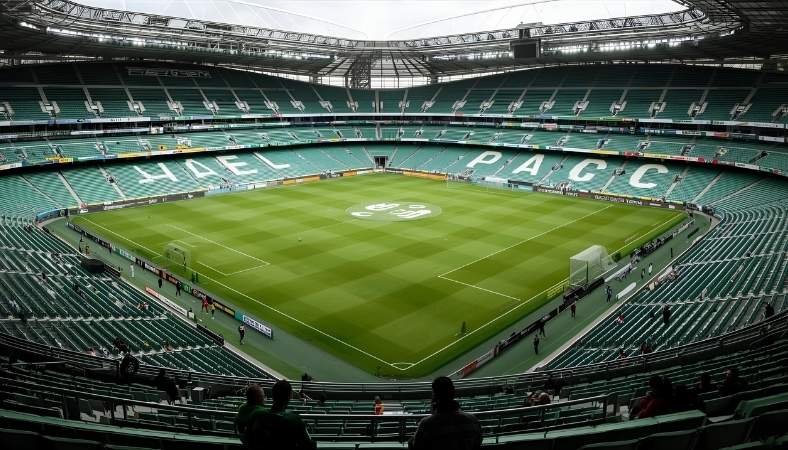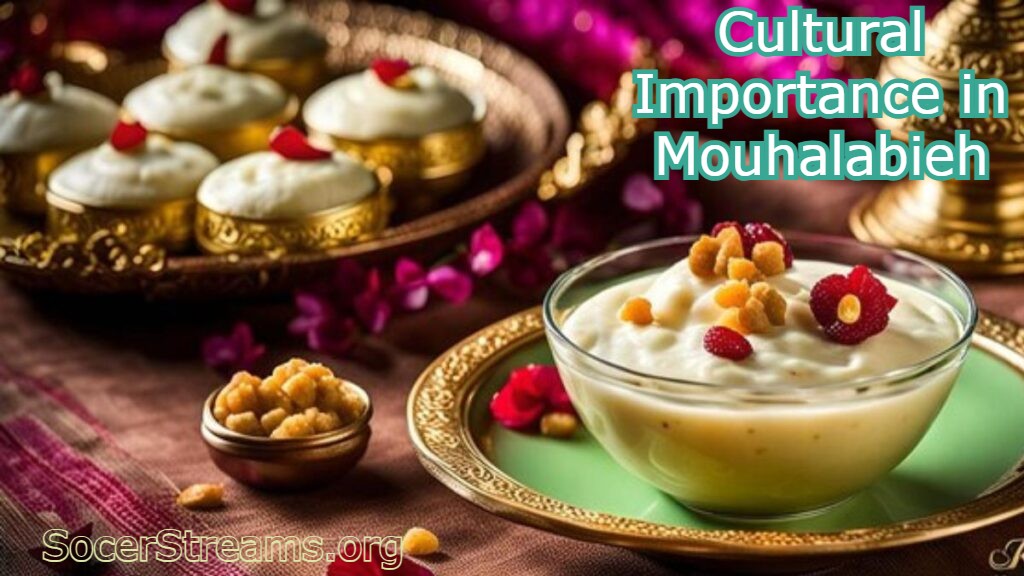
Introduction
The Cultural Importance of Muhalabieh is deeply rooted in the tradition of values, practices, and customs that have been passed down through generations.
This culture, originating from parts of the Middle East, symbolizes more than the daily routine; it is a reflection of the heart of the community, its identity, and its deep bond with the land, religion, and family. Let’s see why Cultural Importance in Muhalabieh is so culturally important and how it continues to impact the lives of its people.
This involves the cultural significance of Muhalabieh
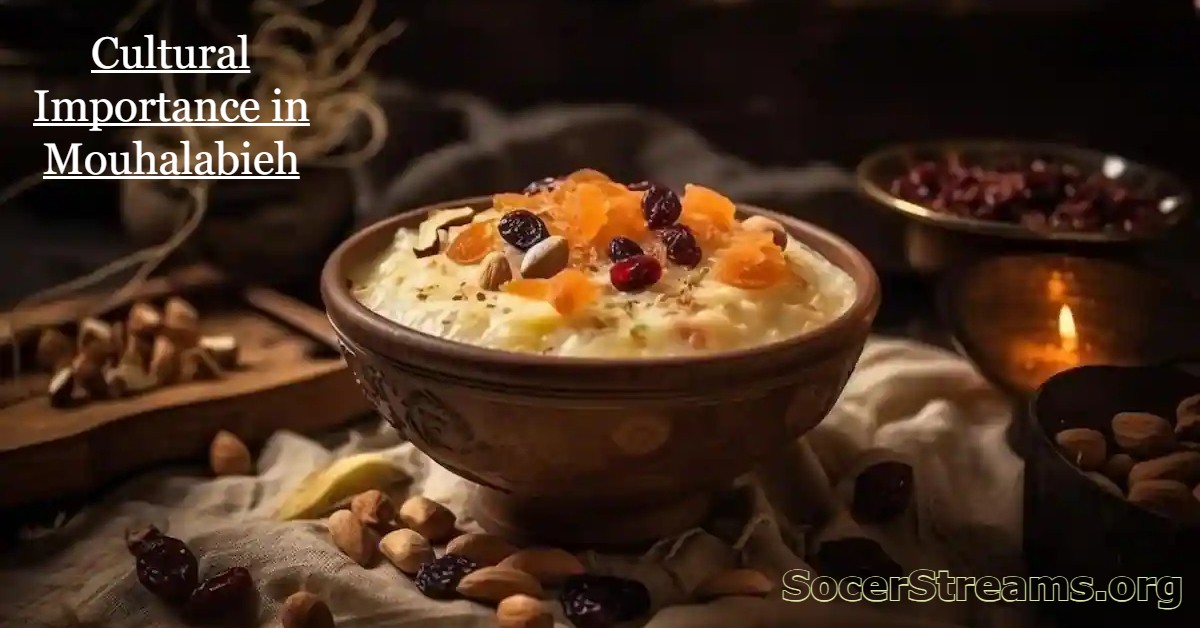
Cultural significance Cultural Importance in Muhalabieh pertains to the influence of traditions, beliefs, and customs that play a central role in defining the identity of the Cultural Importance in Muhalabieh people.
They influence every aspect of life, from the language spoken to the food consumed and the way community celebrations are conducted. Understanding the cultural significance of Muhalabieh involves delving into how these practices provide continuity and a sense of belonging across generations.
Historical Background of Muhalabieh Culture
The Cultural Importance in Muhalabieh culture has a very significant historical background interwoven in it. Throughout the ages, the Cultural Importance in Muhalabieh people have witnessed many foreign influences and political changes, but still, their culture has been persistent.
The history of the Cultural Importance in Muhalabieh people can be seen through their customs, architecture, and even the way of life they have evolved to maintain the same core values transmitted from generation to generation within the family.
Language is one of the essential components of cultural value in Muhalabieh
It is at the center of the culture of Cultural Importance in Muhalabieh, and that is language. The people talk in a dialect that is unique in Arabic, hence central to the maintenance of their culture.
This is not only for communication but also a channel for folklore, songs, and oral traditions conveying the wisdom and stories of the ancestors. This native language for rituals, festivals, and life in general, therefore provides strength to the cultural identity and continuity.
Family and Community: Pillars of Muhalabieh Culture
In a Cultural Importance in Cultural Importance in Muhalabieh culture, family is the pillar of social life, where respect for elders, child nurturing, and collective responsibilities form strong family ties.
Thus, cultural significance in Cultural Importance in Muhalabieh is most visibly exemplified during family gatherings, which reveal rituals, stories, and food shared among their kind so the close-knit communities can work closer together to make their heritage completely safeguarded.
Religion and Spirituality: A Key Aspect of Muhalabieh Culture
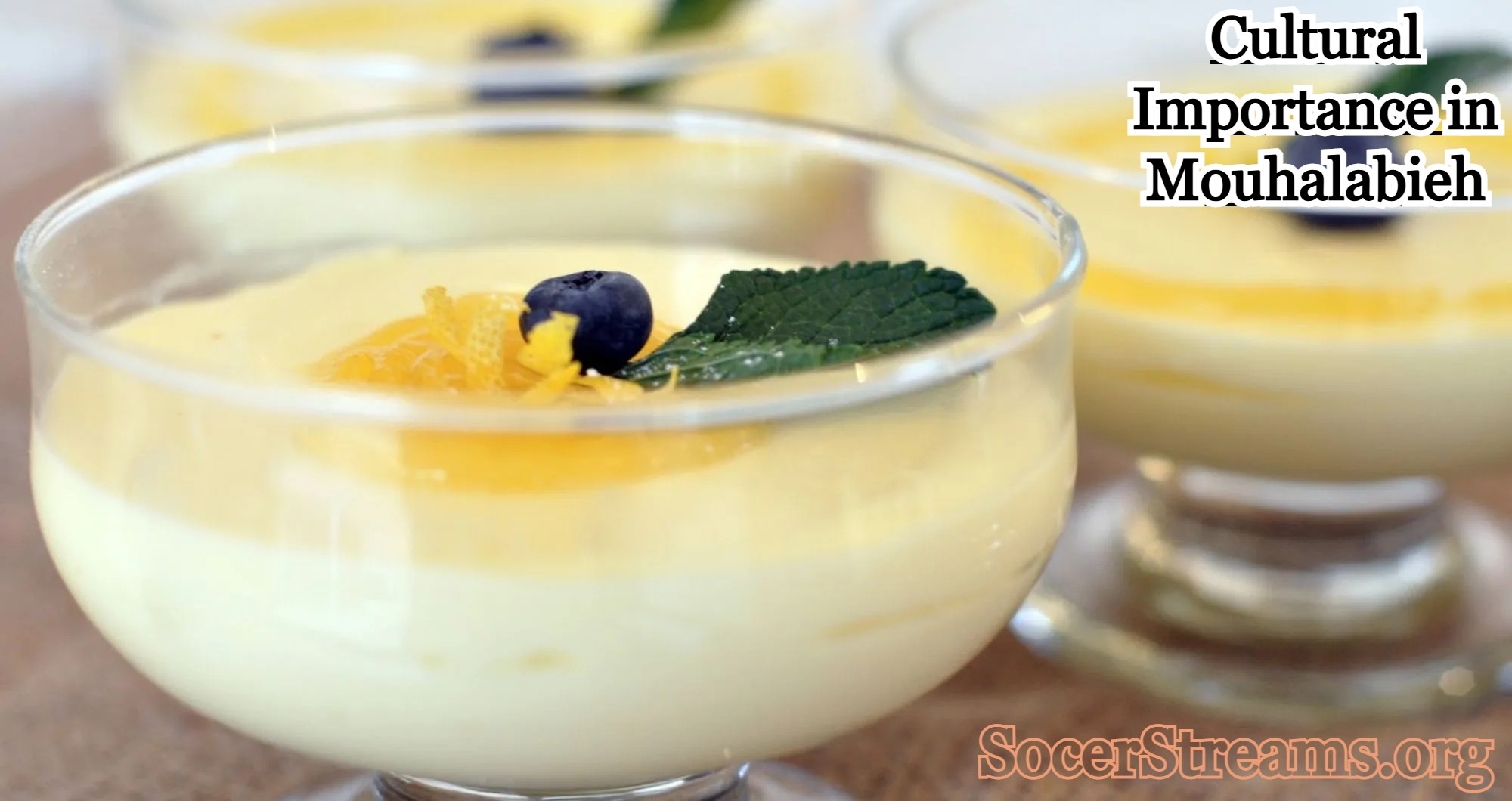
An altogether important role in the cultural significance of Cultural Importance in Cultural Importance in Muhalabieh is played by religion. The great majority of people in Cultural Importance in Muhalabieh are either Muslim or Christian and, hence, their religious believes are a very important part of the customs, festivals, and routines of their everyday life.
The religious practices by which the major religious holidays of Ramadan or Christmas are being celebrated develop a deep sense of spirituality in the community to strengthen shared values and collective identity.
The Role of Food in Muhalabieh Culture
Food plays a very significant role in the culture of Muhalabieh. Food prepared in the homes of Muhalabieh is not just to be consumed but represents hospitality, tradition, and coming together.
Meals like kebabs, hummus, and bread are considered as bonding activities that bring generations together for culinary traditions. Cooking together forms a bond and is a very integral part of family and community life.
Festivals and Celebrations: Reflection of Muhalabieh Identity
Festivals and celebrations form part of the cultural significance in Muhalabieh. These are not just periods for rejoicing but also to pay homage to the Established cultural, religious, and agricultural practices that have been passed down over time.
Whether it is a harvest festival or a religious feast, these celebrations provide an opportunity for the community to get together, display traditional dances and music, and reaffirm their cultural heritage.
Art and Craftsmanship: The Creative Expression of Muhalabieh Culture
Another word very significant in mentioning cultural value is the artistic traditions in Muhalabieh culture. This craft includes and does not only have embroidery, pottery, and weaving as ornaments but as reminders of the values and stories of the community.
Mostly, these creations carry traditional motifs and are passed down from generation to generation; thus, ensuring that the artistic expression of the culture is and keeps on thriving to be an essential character of the culture.
Music and Dance: Celebrating Muhalabieh Traditions
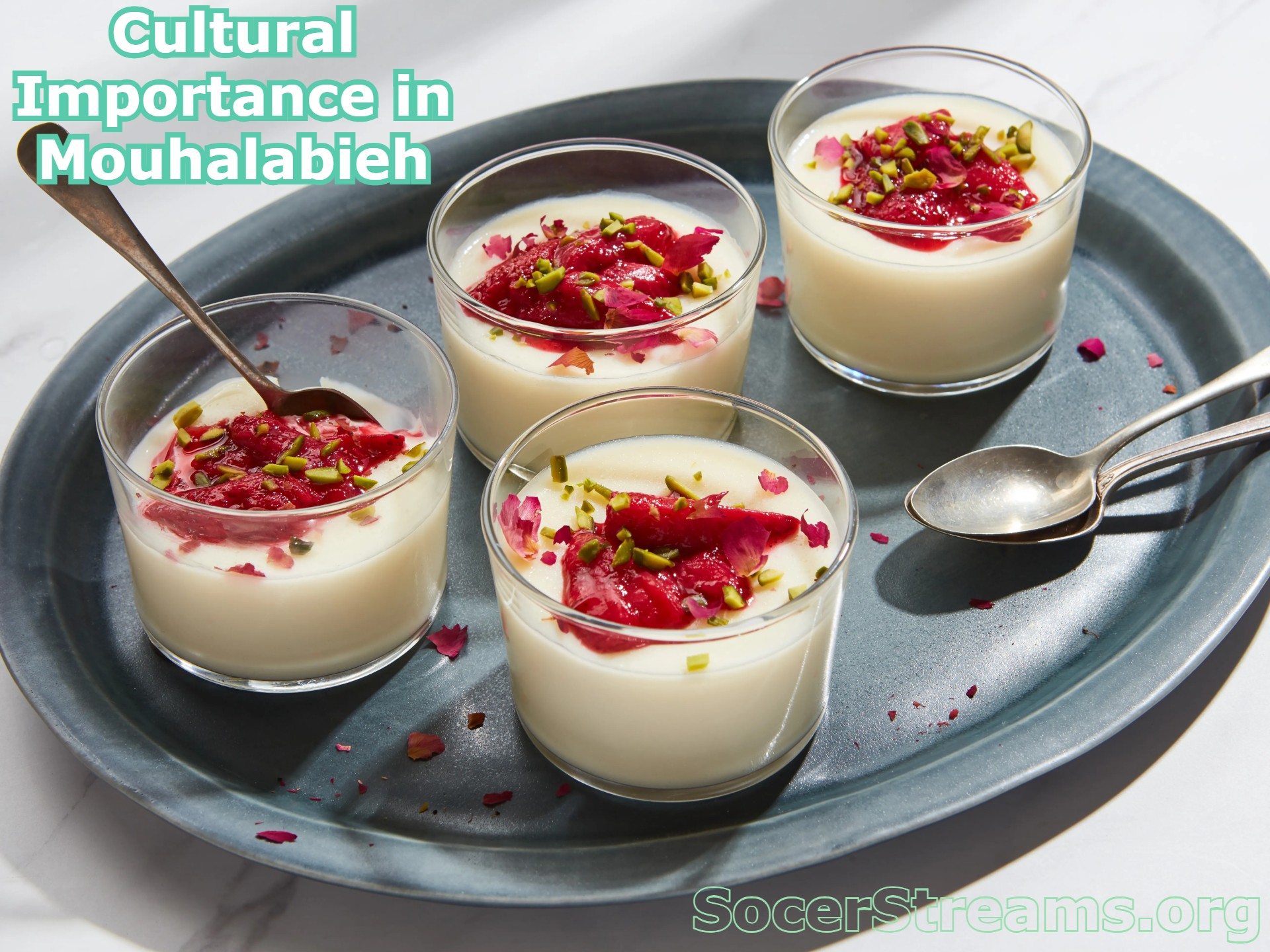
Music and dance are integral parts of Cultural Importance in Muhalabieh. Folk songs, together with instrumental music played on traditional instruments, like oud and darbuka, become notable cultural expressions.
Traditional dances performed during festivals and other celebrations bring the people close to their roots and signify collective identity through fun expressions. History, emotion, and pride at heritage make up the content of communication through music and dance in the case of the Muhalabieh people.
Architecture and Design: Symbols of Cultural Identity
Architecture in Muhalabieh culture is a living embodiment of its cultural value. Traditional homes were built using native materials such as stone, wood, and clay, which depicts the community’s rapport with the land.
Traditionally, these homes are designed to encourage communal living, host family gatherings, and for interpersonal interaction. The design of buildings and public spaces, therefore, depicts warmth, hospitality, and communal spirit central in the Muhalabieh culture.
The Role of Storytelling in Preserving Muhalabieh Culture
Storytelling is very important in the cultural significance of Muhalabieh. Older generations pass on stories of bygone days, myths, legends, and moral lessons that shape the values of the young generation.
These stories are normally told during any family gathering or social event and make stories more than just informative and entertain one themselves.
Involvement of Muhalabieh Culture in Modern Society
Despite the deep roots that are strongly embedded in tradition, Cultural Importance in Muhalabieh extends to the present world. With people in Muhalabieh migrating to other countries of the world, their way of life spreads and more people in the world appreciate their culture.
Muhalabieh cuisine, art, and music have become avenues of cultural expression that add diversity to the cultural faces of cities and communities in different parts of the world.
Preservation of Cultural Importance in Muhalabieh in the Future
The challenge facing Muhalabieh today is how to keep its Cultural Importance in Muhalabieh in this very fast-globalized world. Preserving this culture requires community initiatives, cultural centers, and other educational programs that aim at keeping Muhalabieh in its traditions.
Cultures adapted to appropriate tools while retaining their founding origins will continue to survive and inspire the rest of the subsequent generations.
Conclusion
The Cultural Importance in Muhalabieh is proof of the continuation and sustainability of tradition, community, and family culture. In the context of the Muhalabieh people, culture is shaped by their language, art, food, and customs.
As the culture is forever changing, the cultural significance of Muhalabieh goes on as an ever-strong force that marks the continuous smoothness of past, present, and the future ahead for many generations.













